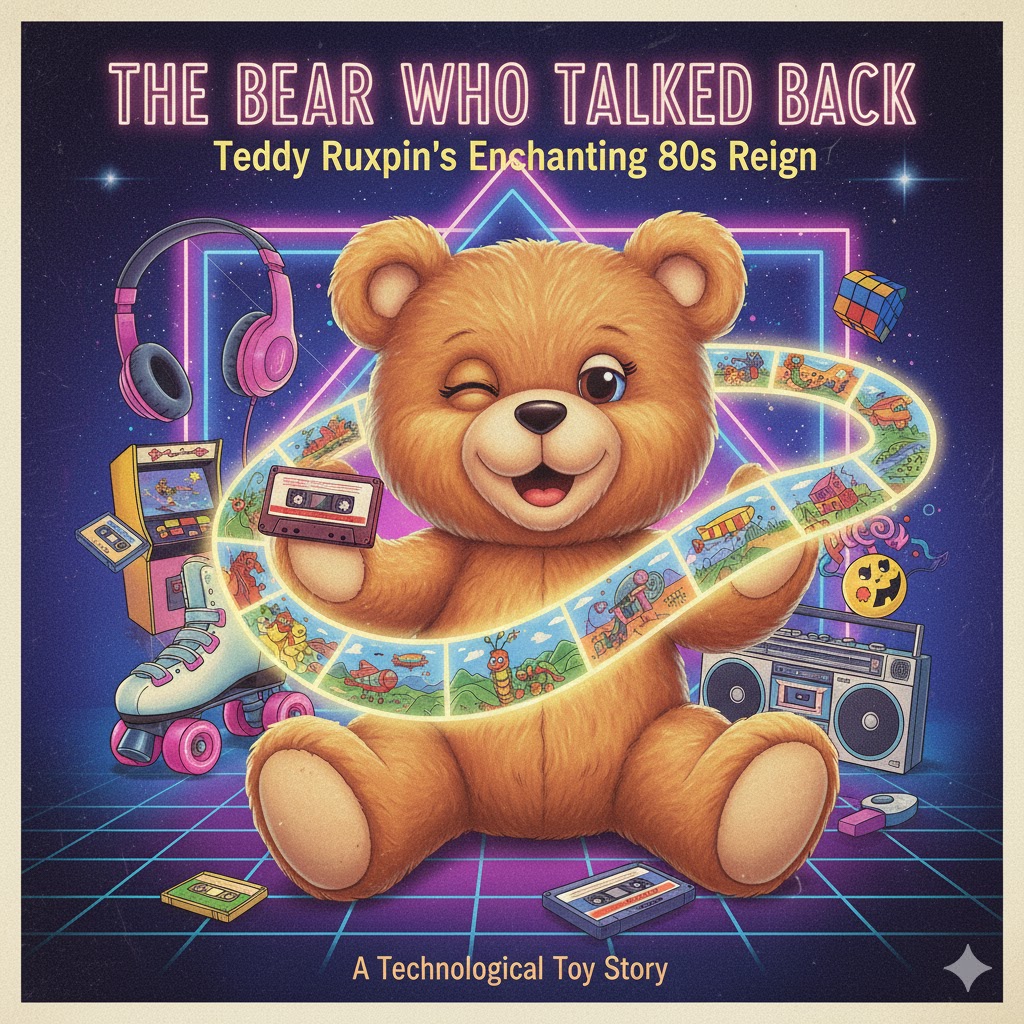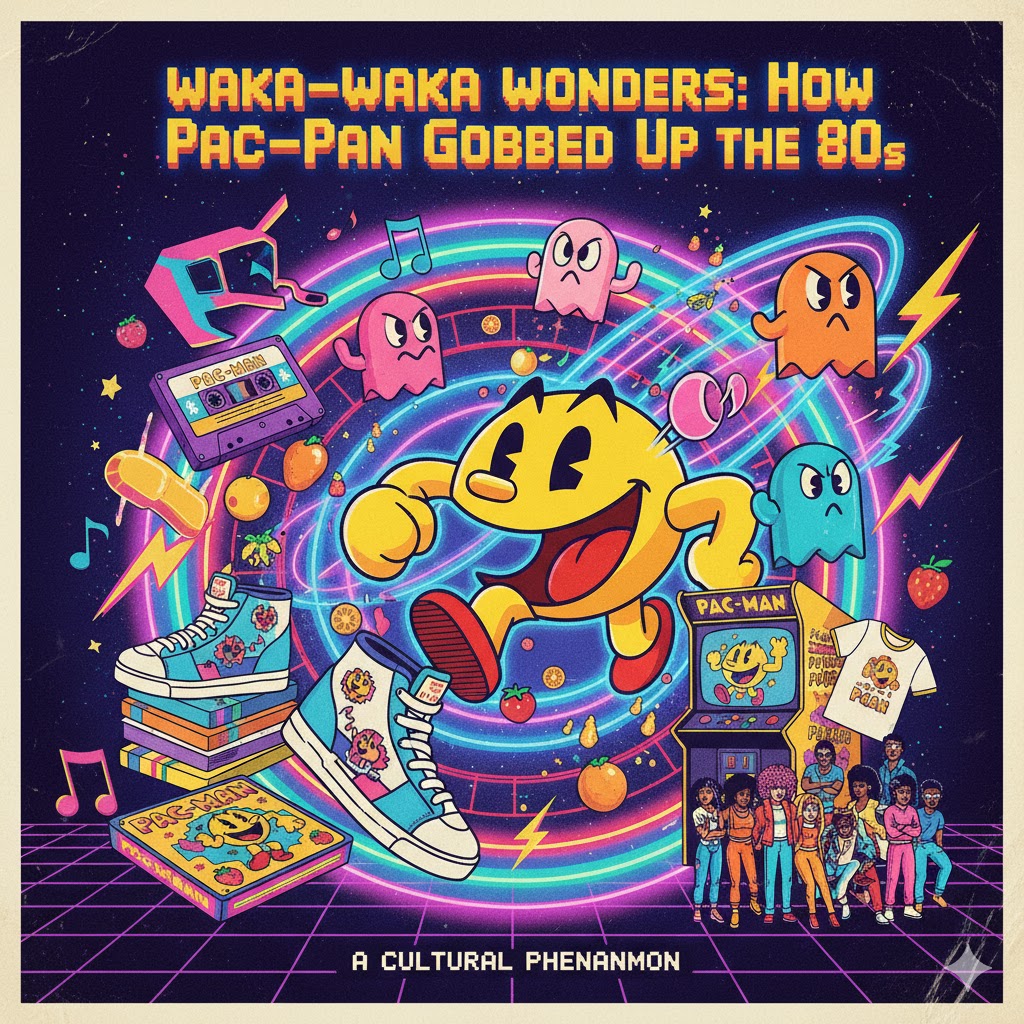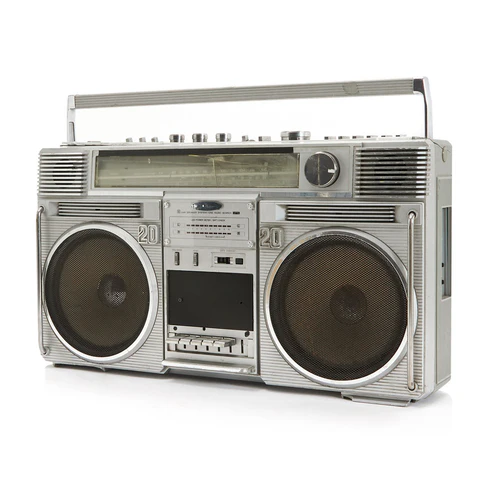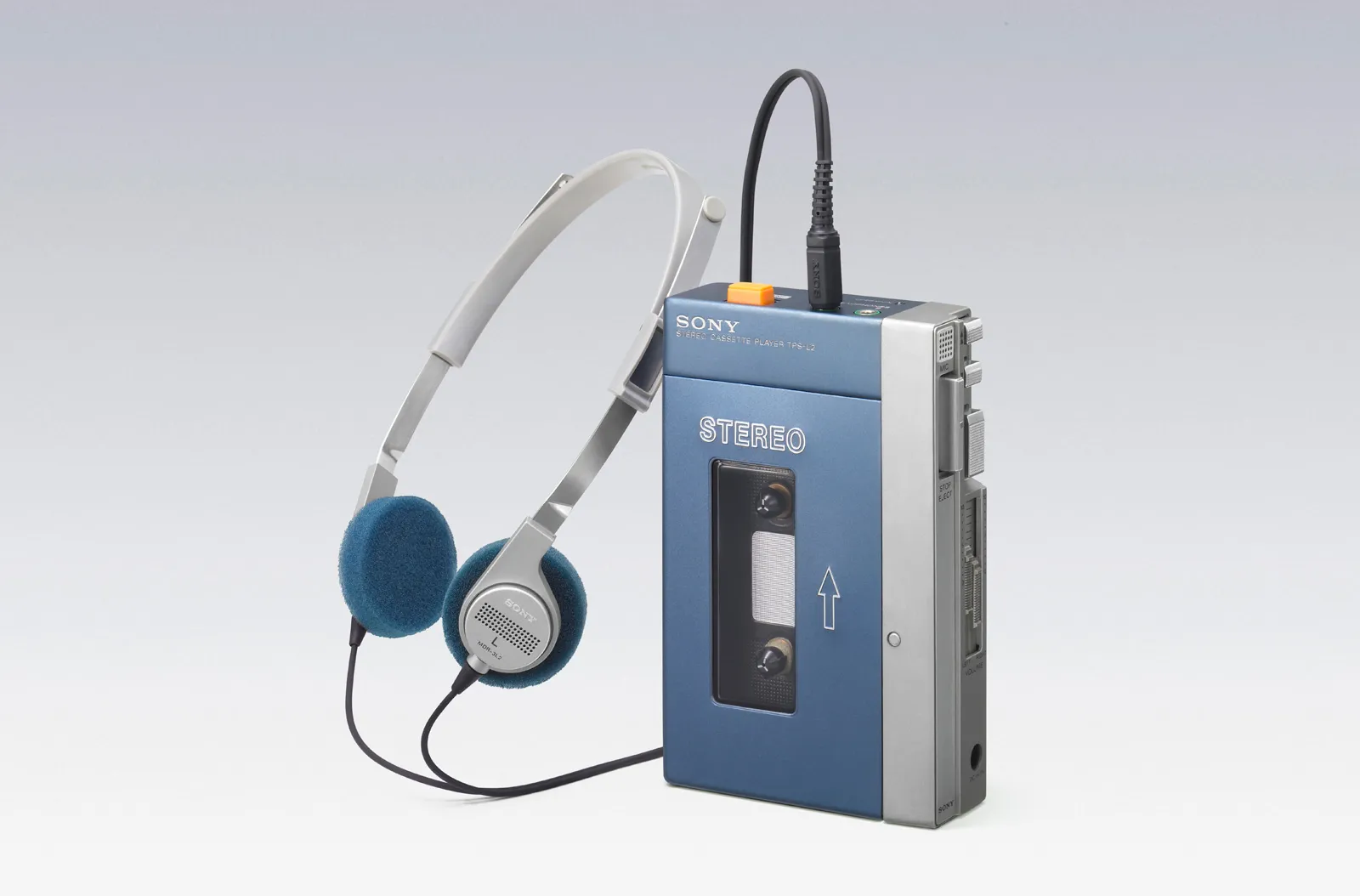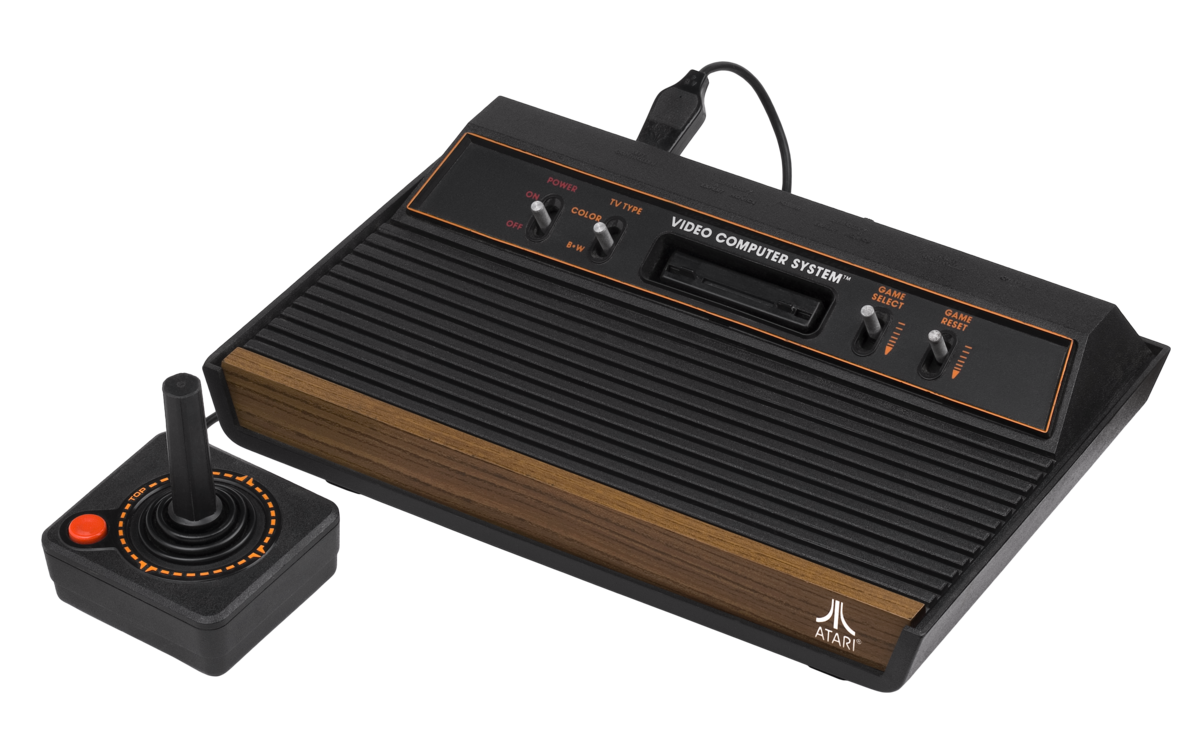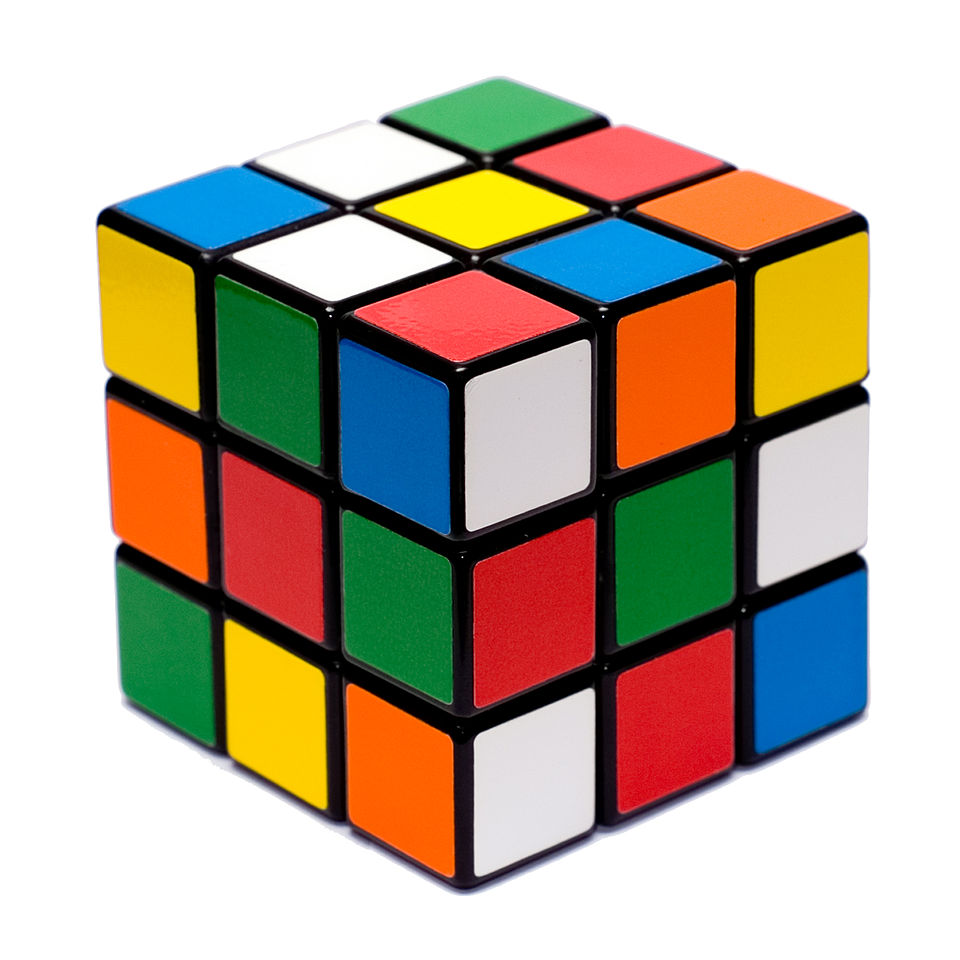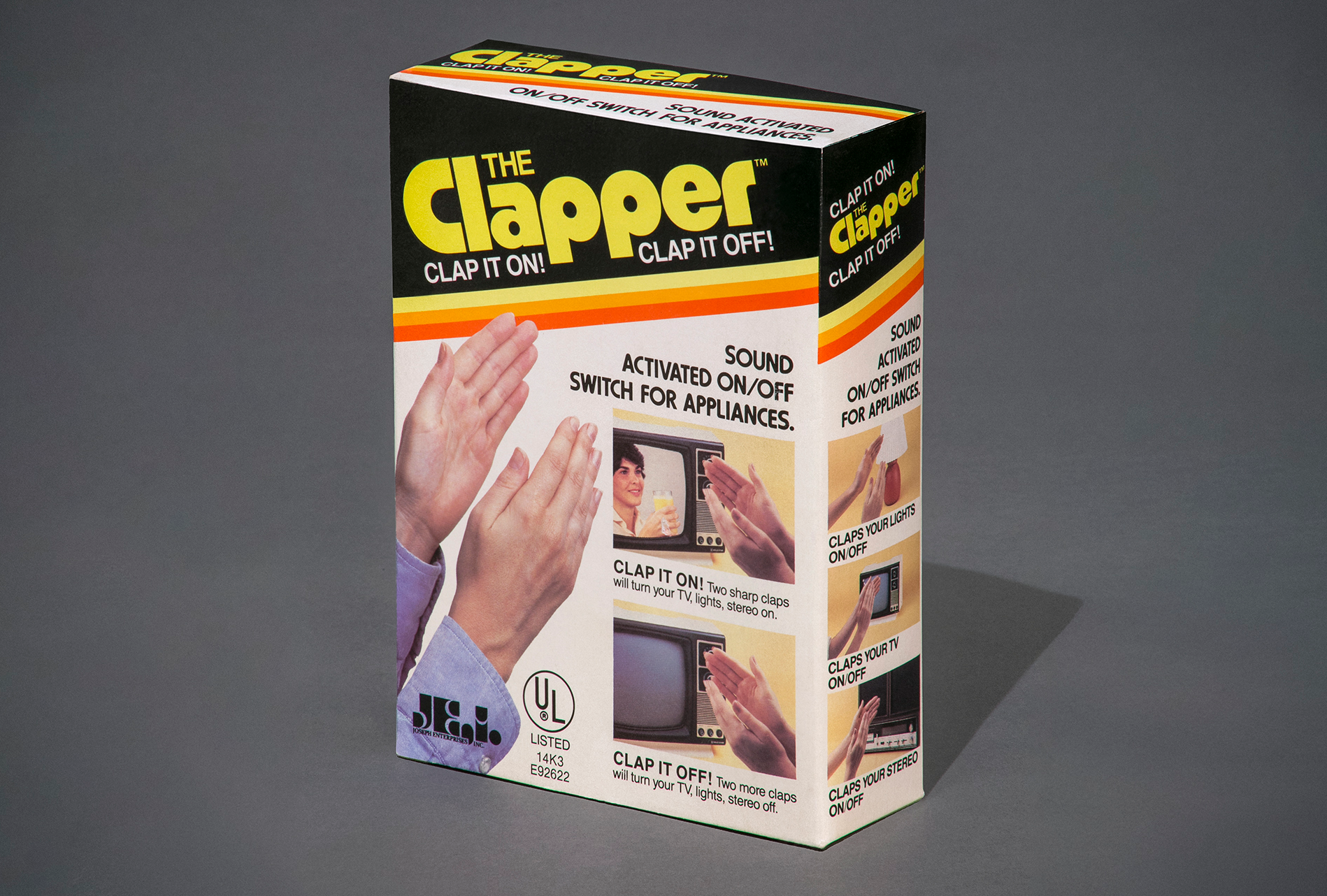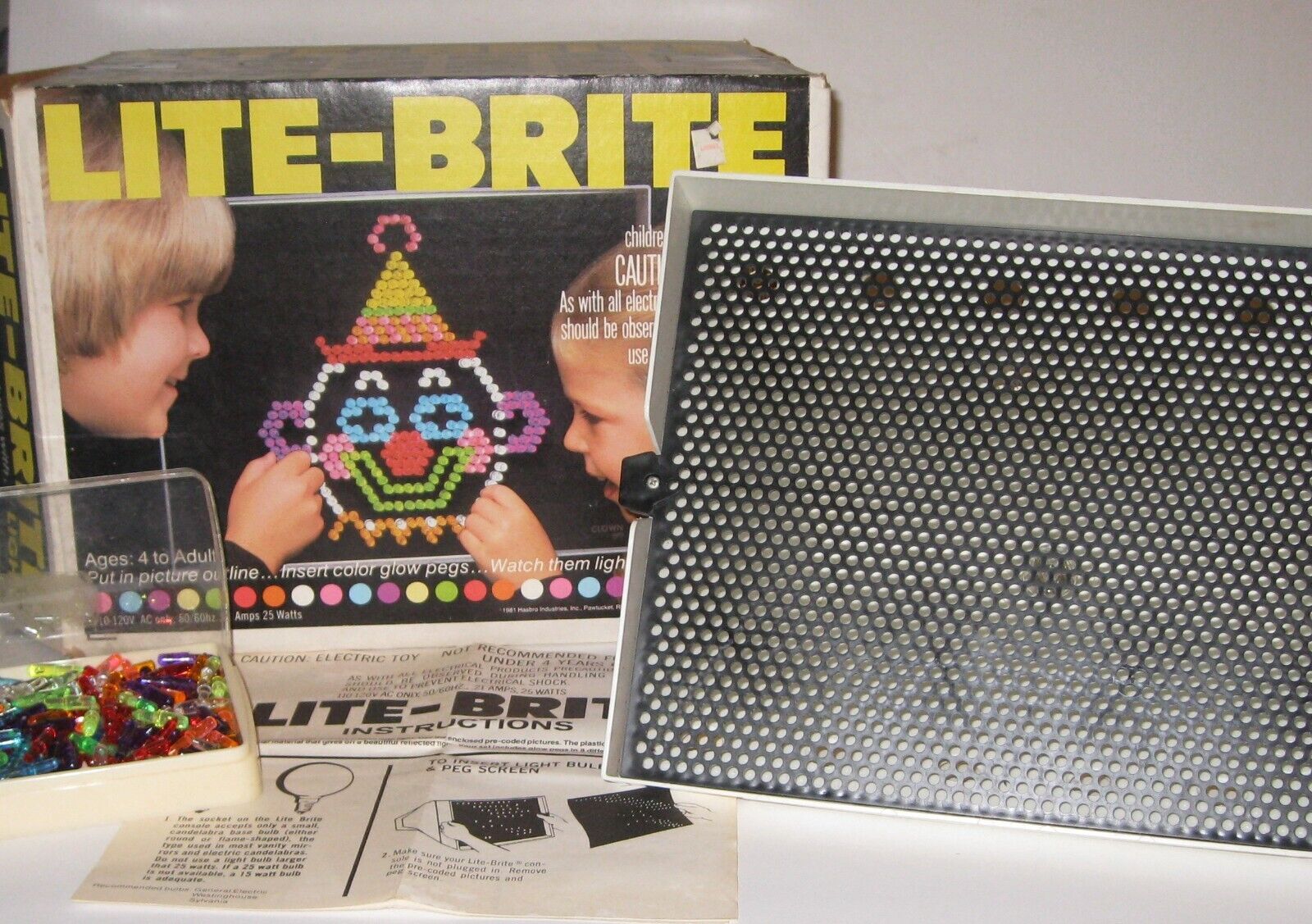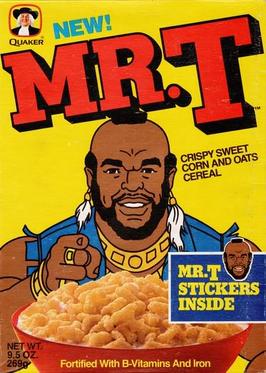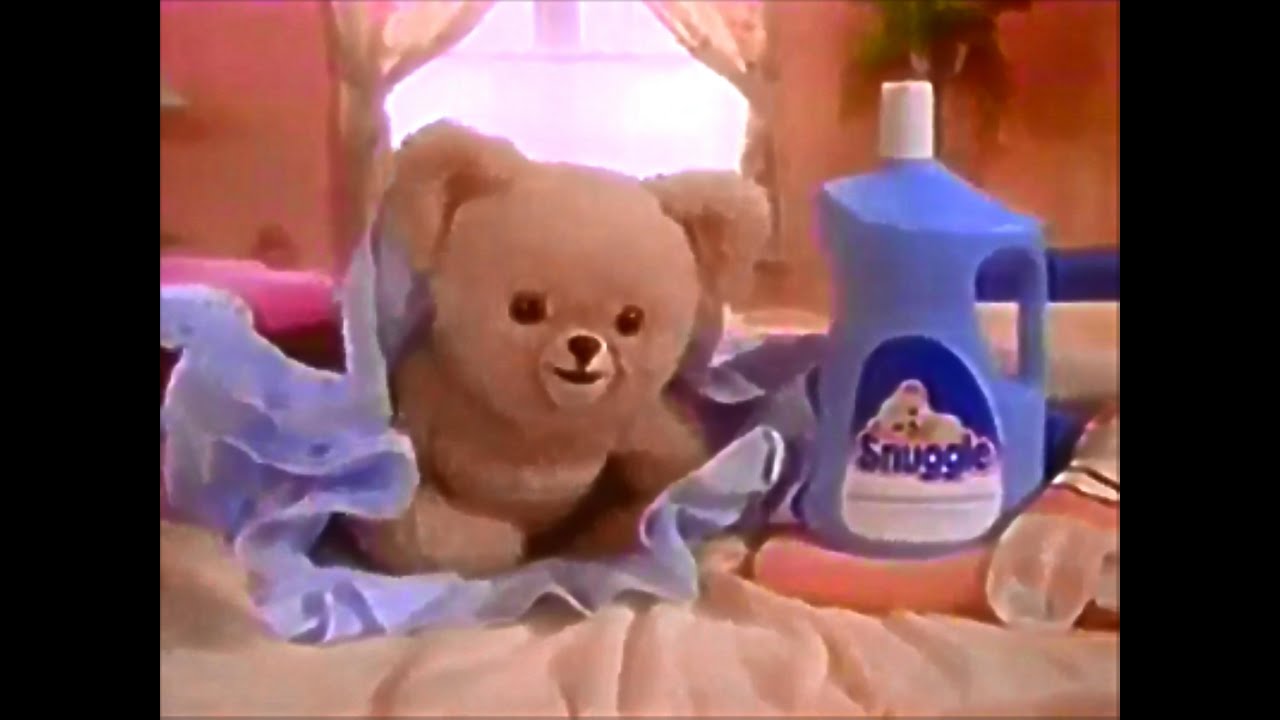4 min
0
The Bear Who Talked Back: Teddy Ruxpin’s Enchanting 80s Reign
In the high-tech, high-octane decade of the 1980s, the revolution wasn’t confined to the silver screen or the buzzing arcade. It also made a surprise appearance in the quiet corner of the playroom, nestled in the form of a gentle, talking bear. Teddy Ruxpin, the animatronic marvel that debuted in 1985, became an instant legend, defining a generation’s Christmas wish lists and cementing his status as a quintessential 80s icon. More than a mere stuffed animal, Teddy Ruxpin was a technological pioneer that fundamentally altered the relationship between children and their toys. The bear’s creator, former Disney Imagineer Ken Forsse,…
